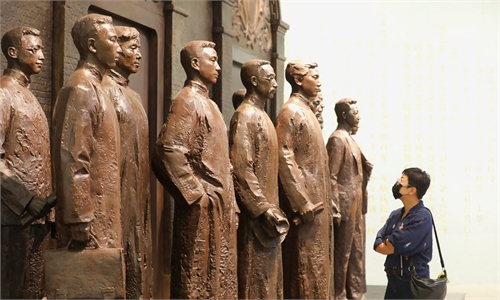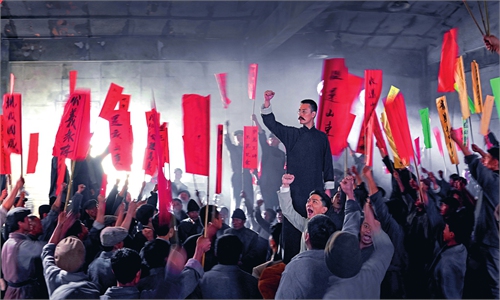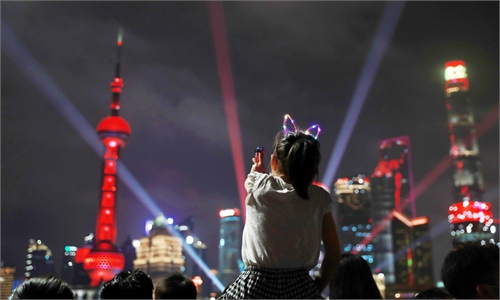Red tourism booms ahead of CPC's centennial
Visiting revolutionary landmarks popular across all parts of society
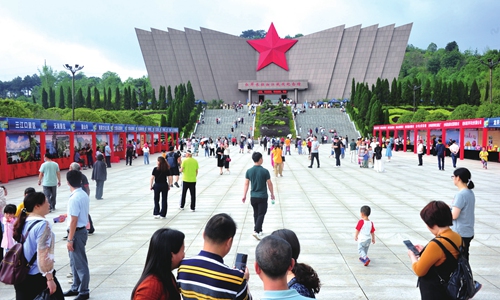
Tourists visit the Red Army Long March Xiangjiang Battle Memorial Hall in Quanzhou, South China's Guangxi Zhuang Autonomous Region, on May 3. Photo: cnsphoto
Red tourism, a new way of holidaying in which people visit sites that have a modern revolutionary legacy of the Communist Party of China (CPC), has been growing rapidly over the past two decades. However, in the recent months, red tourism in China has seen an unprecedented boom as the 100th anniversary of the founding of the CPC approaches.
According to Trip.com, one of the biggest travel agency platforms in China, the number of tickets booked on the platform to red tourism sites increased 208 percent in the first half of this year. Compared to the pre-pandemic level in 2019, it has also increased by 35 percent.
Some of the most popular red tourism cities include Beijing, Nanjing and Shanghai, and the most popular sites include the Tiananmen Square, the National Museum of China, and the memorial hall of the first National Congress of the CPC, which was newly renovated and opened to public earlier this month. The memorial hall has become a must-see check point for red tourism this summer.
From seniors to office workers, students and holidaymakers, people from all walks of life were found queuing around on the sidewalks nearby on Wednesday morning, extending several hundred meters.
A public safety official present at the scene told the Global Times that since the opening of memorial hall on June 3, there have been so many people every day, with crowds waiting for half an hour during peak periods.
According to the official WeChat account, the visit to the memorial hall needs to be reserved in advance and so far the available visiting slots have all been booked out.
June and July are the traditional peak season for red tourism and this year is providing to be no exception, a tour guide of surnamed Song told the Global Times on Wednesday who is leading a tourist group to visit the memorial hall right after completing a tour from the Nanhu Lake Revolutionary Memorial Hall in Jiaxing, East China's Zhejiang Province.
"Based on where I have been so far, the number of tourists visiting red sites has more than doubled this year. The visitors are from all across the country," Song said. "Securing booking time slots is becoming like a flash sale," She said.
Wei Miao, who works as a human resource staff with a state-owned enterprise said that she decided to spend the whole day here and compile what she saw on-site into pictures and videos and put it onto an internal online training platform so as to make up for the regret of those employees from other places who can't come to Shanghai.
"Standing at the right place of the founding of the CPC and comparing the lives hundred years ago and the life I have now, I really appreciated what the forerunners have done for us," Wei said.
Cultural and creative shops in the memorial hall also attracted public attention. The store manager told the Global Times that many of their CPC related souvenirs were sold out, including refrigerator magnets and USB flash drives.
Another popular spot for Communist theme trips is Baise Uprising Museum. It is located in Baise in South China's Guangxi Zhuang Autonomous Region and commemorates the Communist uprising in 1929, a successful military insurrection in late 1929 guided by Deng Xiaoping.
On the hot summer days where the temperature rose to more than 38 degrees in Baise, groups of visitors come to the museum, dressed as Communist soldiers in the 1920s, posing and taking photos at the museum's gate.
Since the beginning of June, the museum has seen a surging number of visitors thanks to the perfect timing for the industry. A staff told the Global Times that the number of visitors is significantly higher as July 1 approaches, adding daily visitors up to 2,000.
"Most of the trips this month are organized by companies and local communities, as part of the 100th anniversary of the founding of the CPC," she said, "National holidays are another peak for visitors, but most are family trips."
Most notably, people visiting the red tourist sites are significantly younger than previous years. According to Trip.com, visitors born after 1990 increased nearly 40 percent in the first half of this year, compared to the same period in 2019.
The museum itself has also become a popular destination for people enjoying a day out. Located at the top of a mountain overlooking the Baise city, the museum has been incorporated into a park with tall mango trees and carefully trimmed bushes, and improved facilities and services.
At the entry of the museum, children gathered around a robot guide that shows videos of the Communist history on its screen.
A teacher surnamed Huang in her early twenties, was visiting the museum as part of a group. She was on this trip as part of the educational program that also includes visiting other red tourism attractions around Guangxi.
"We are proud that we are living in a place that has deep revolutionary roots. Visiting the museum is a reminder of that," Huang said.
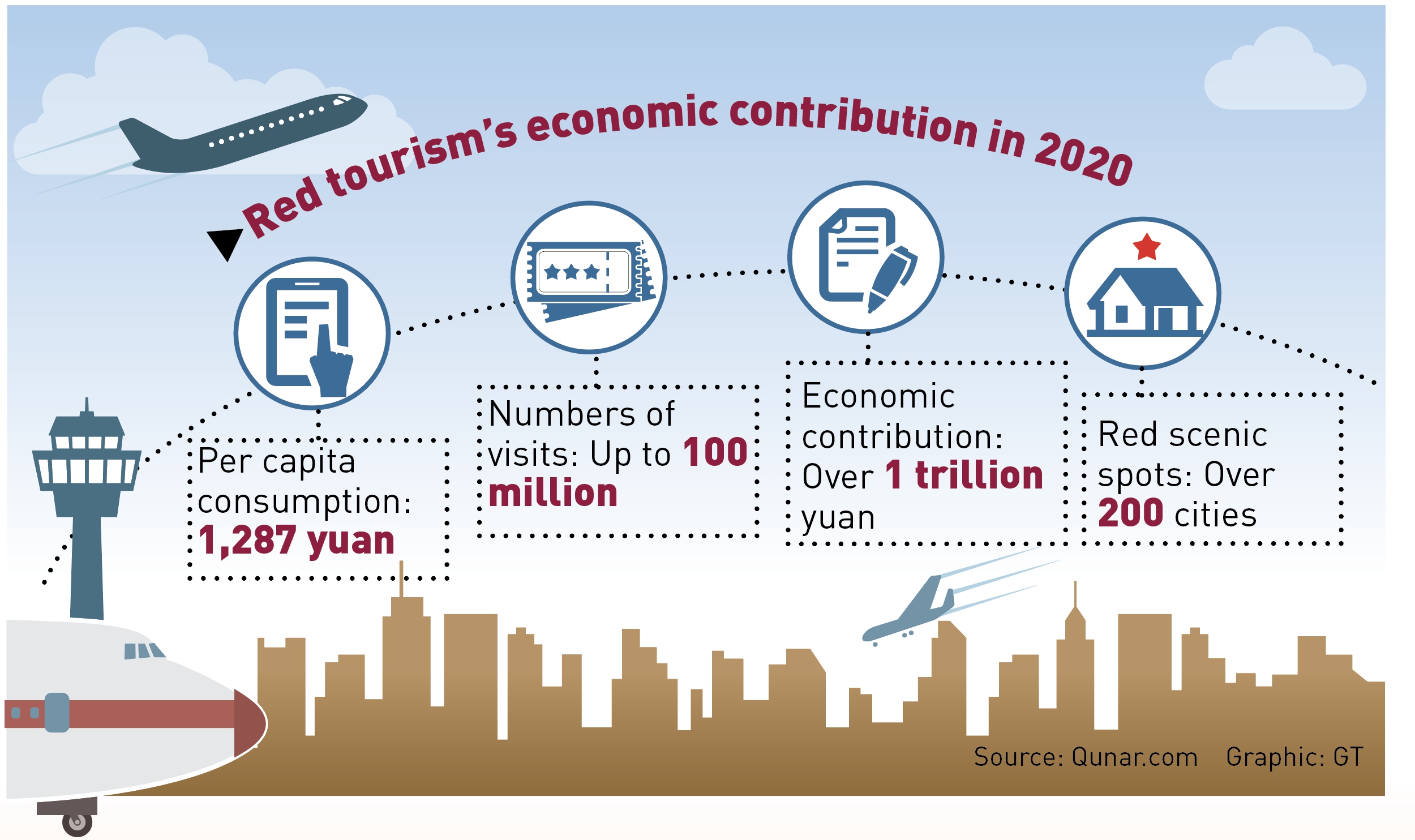
Graphic: GT
